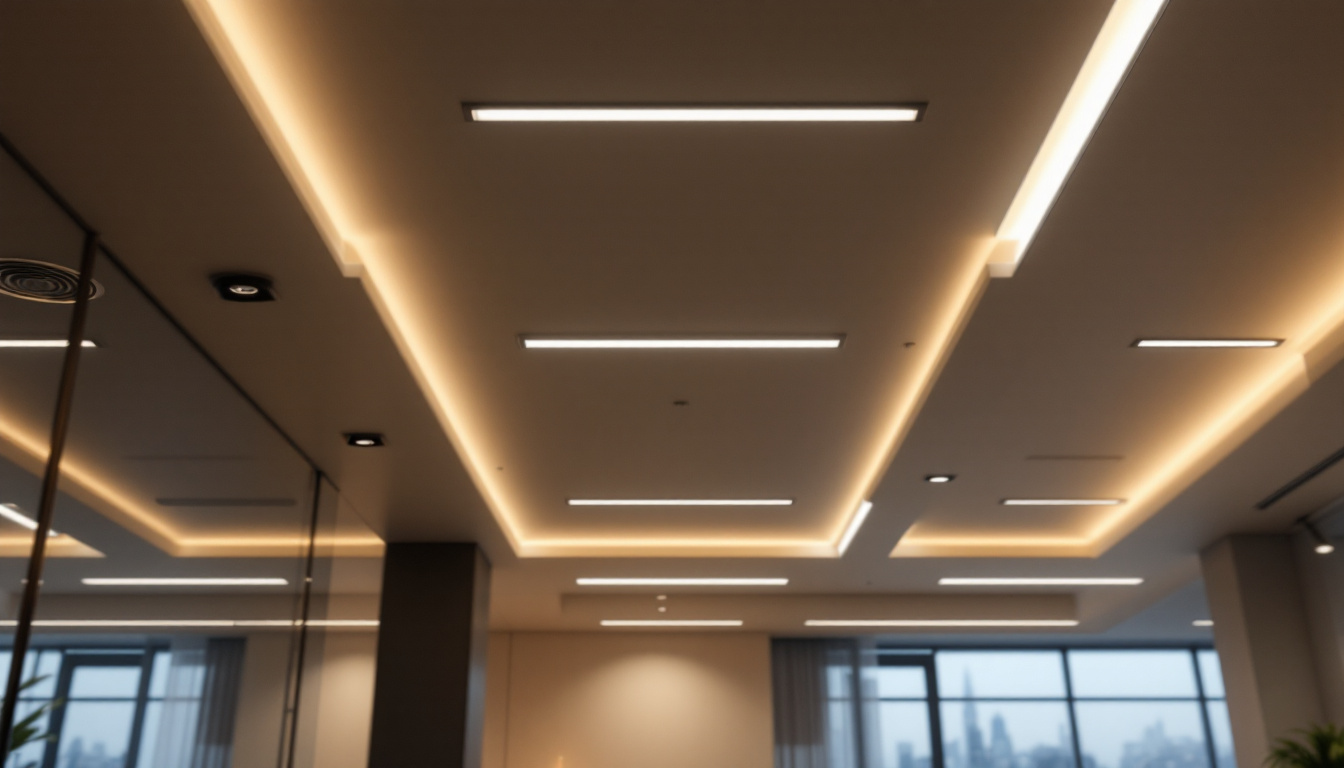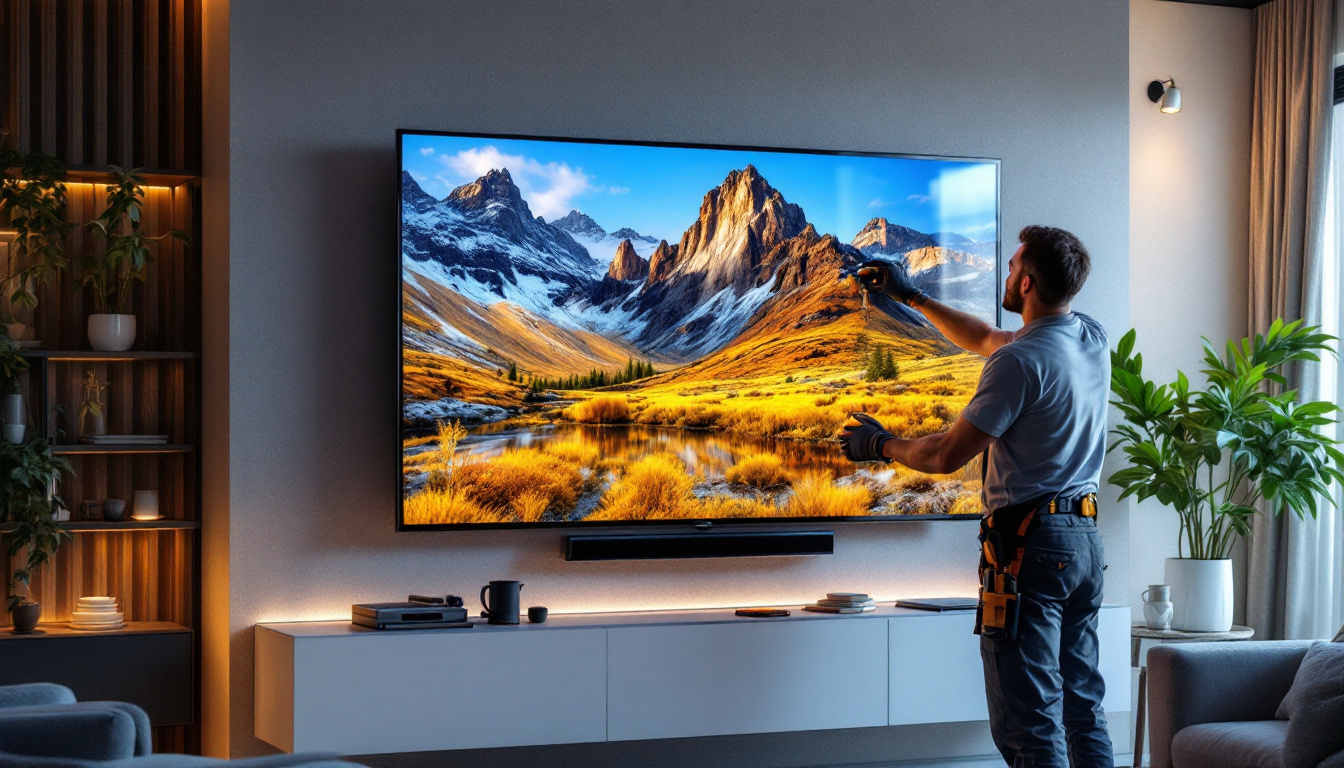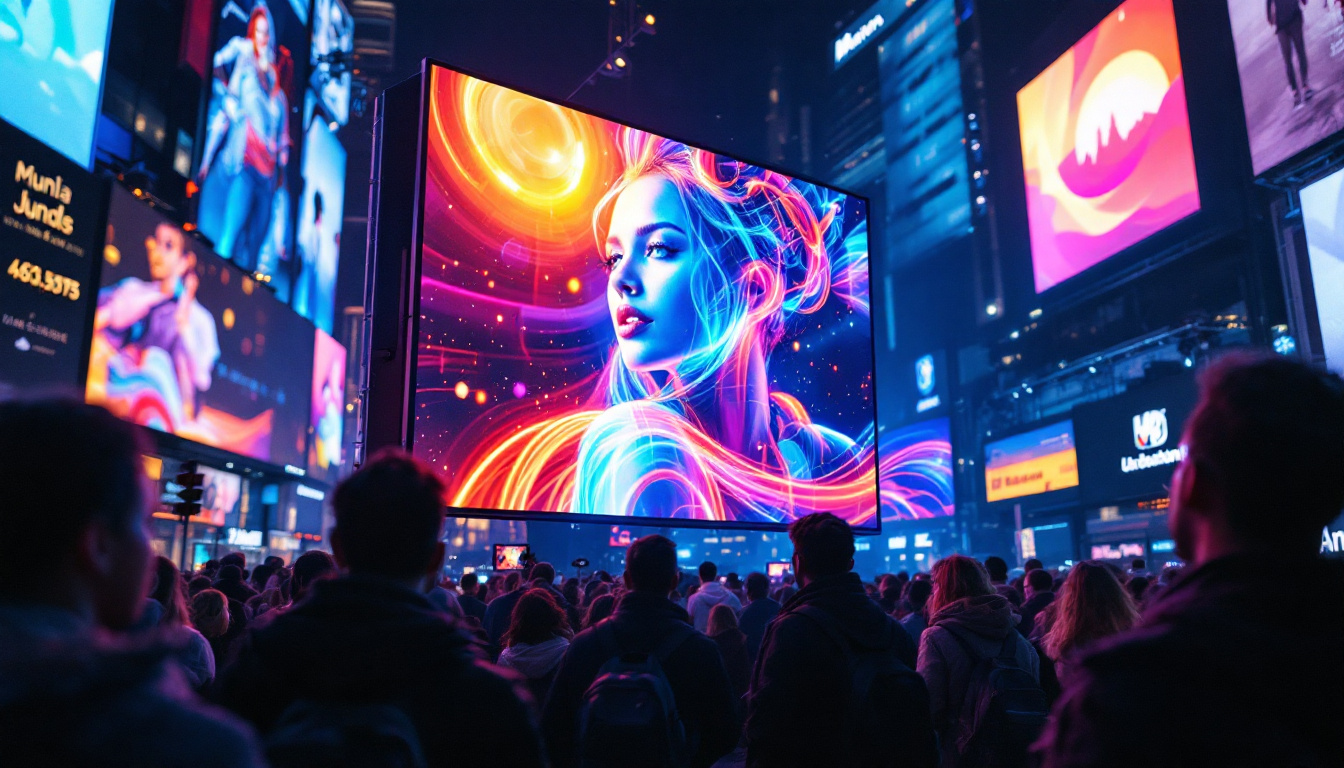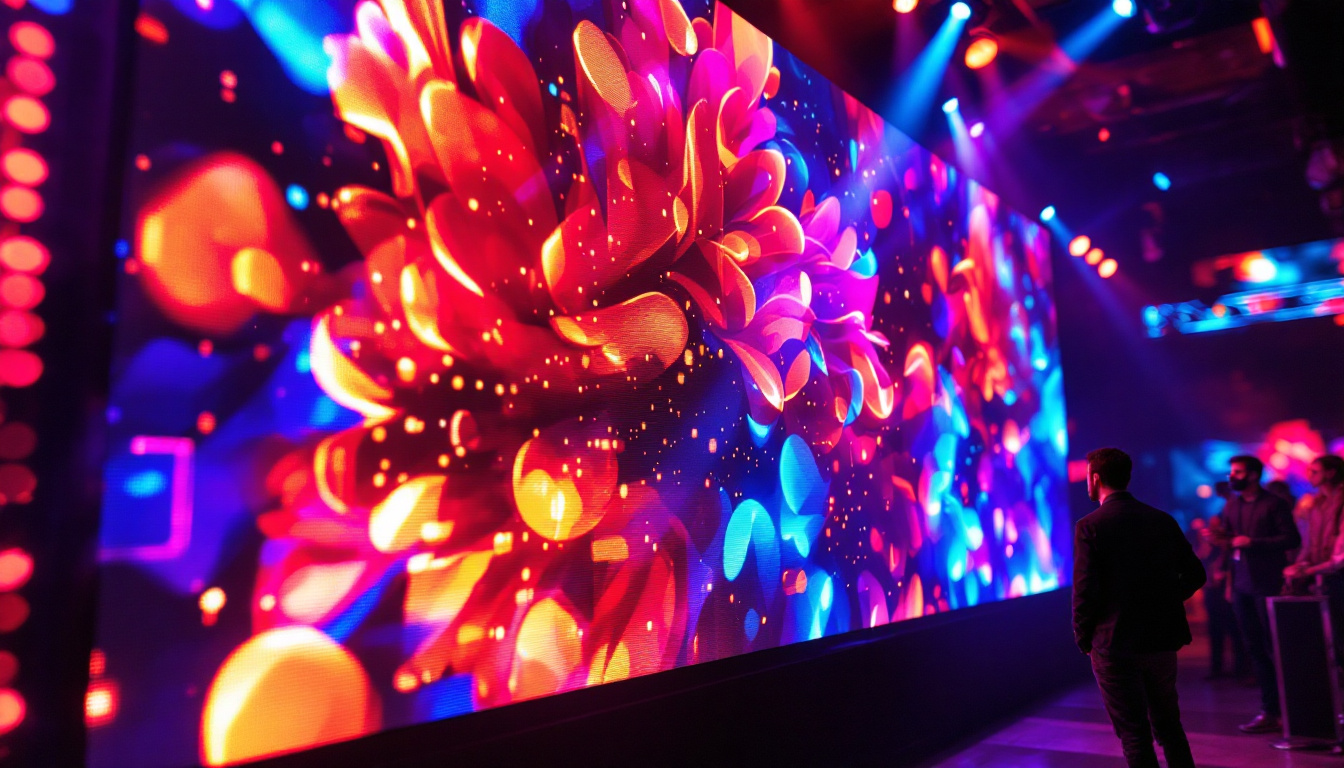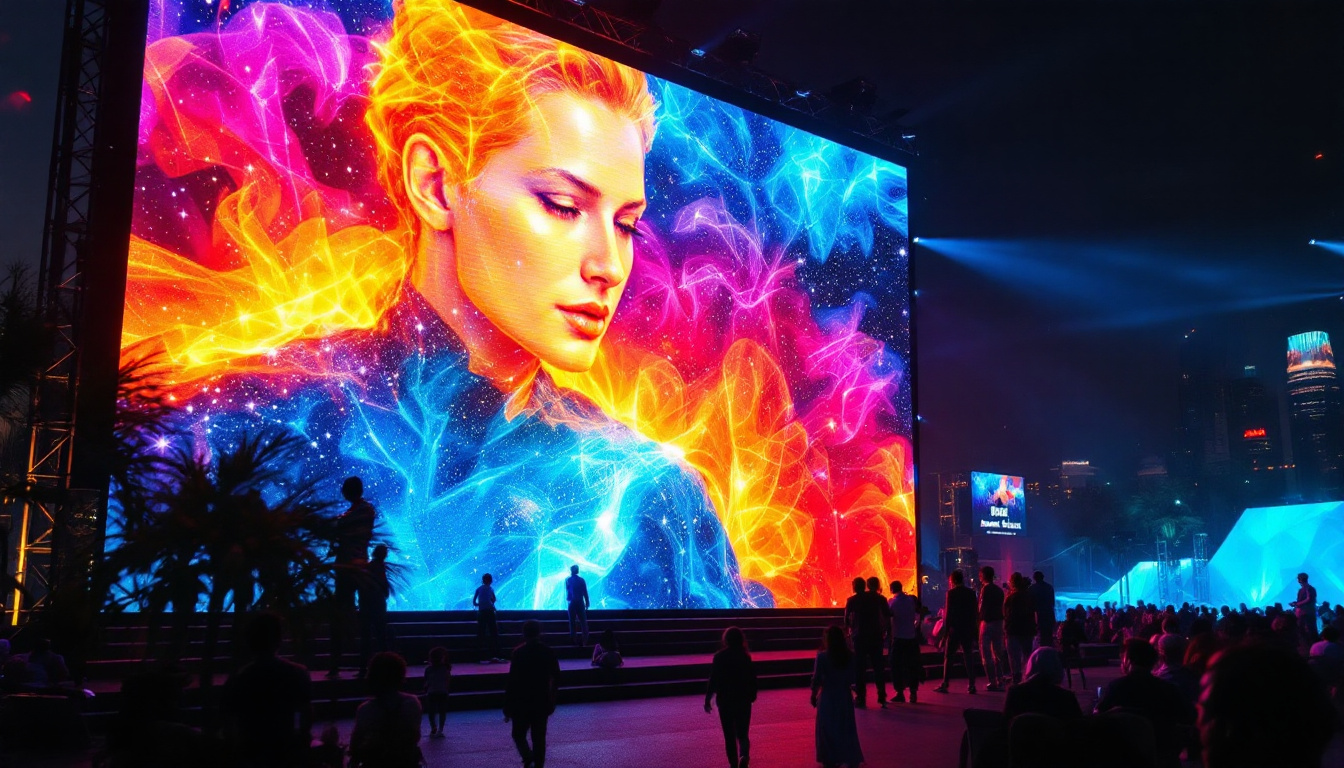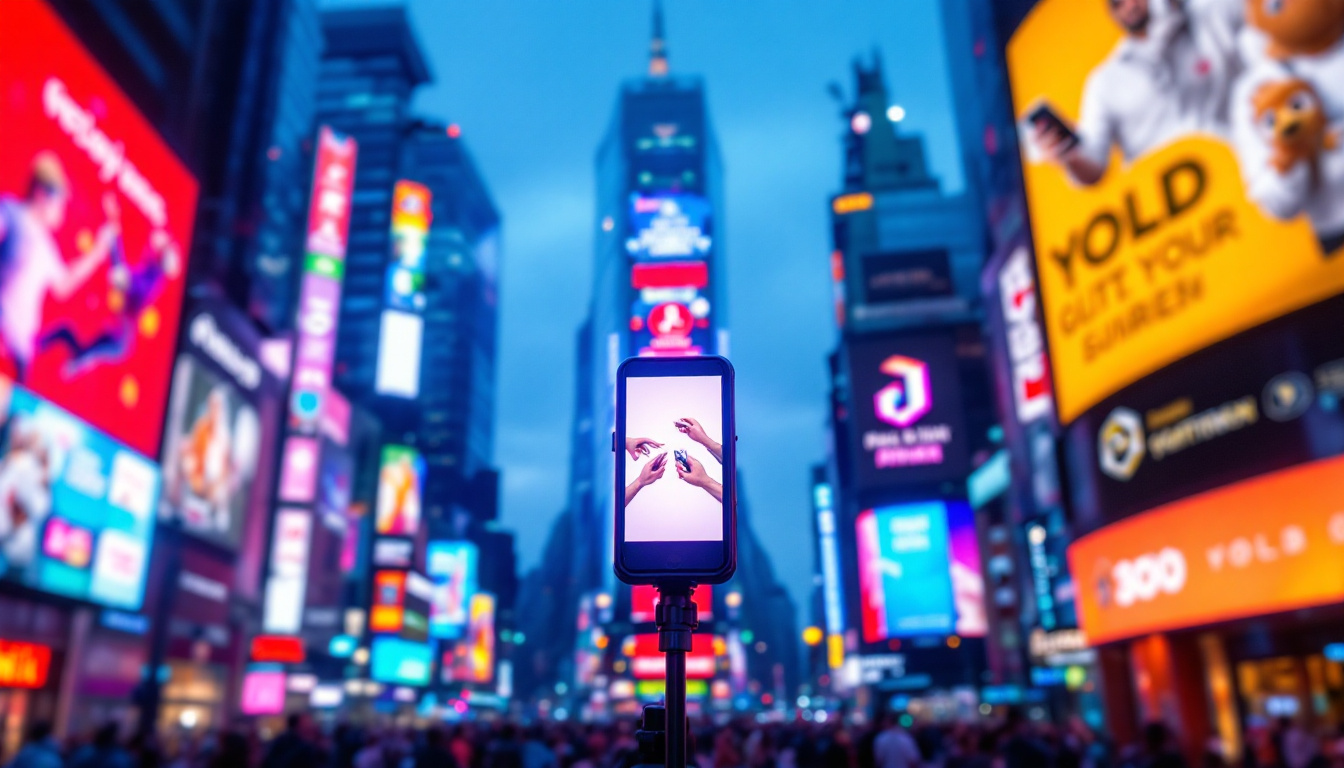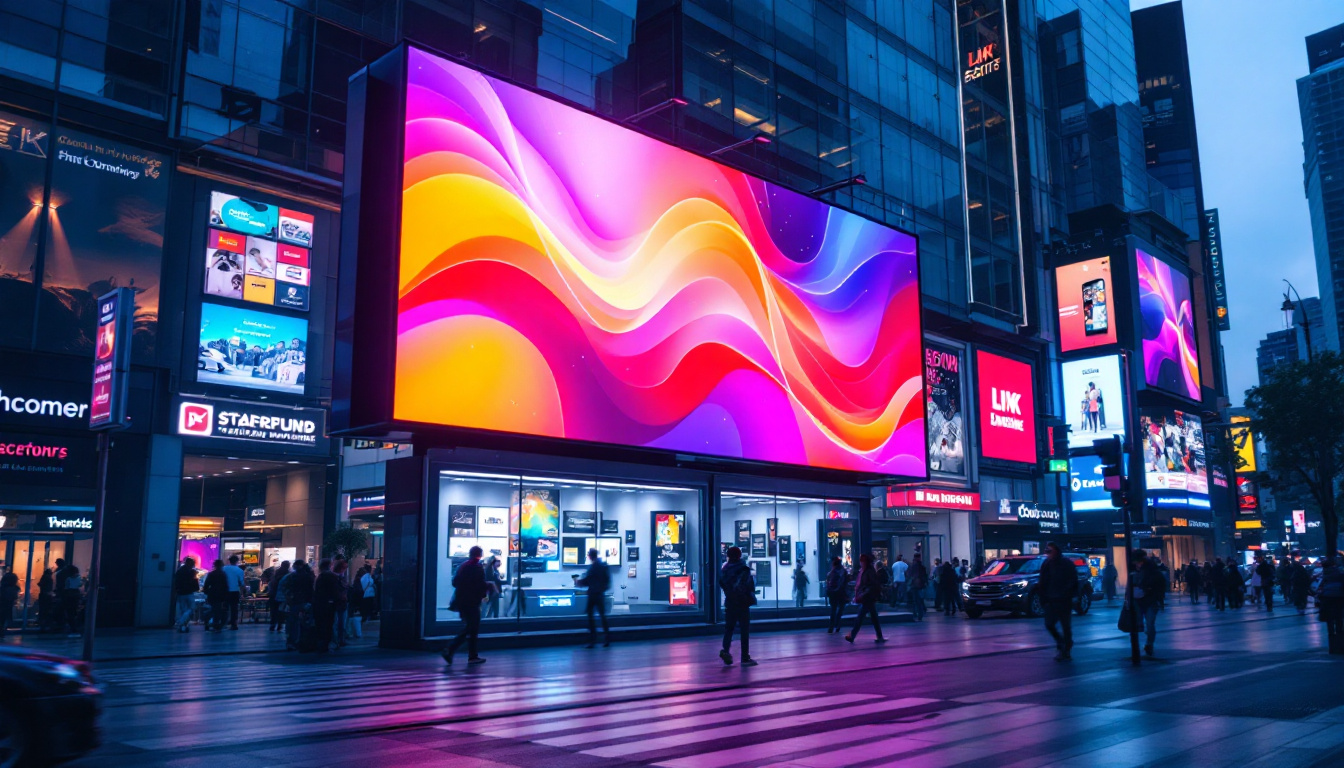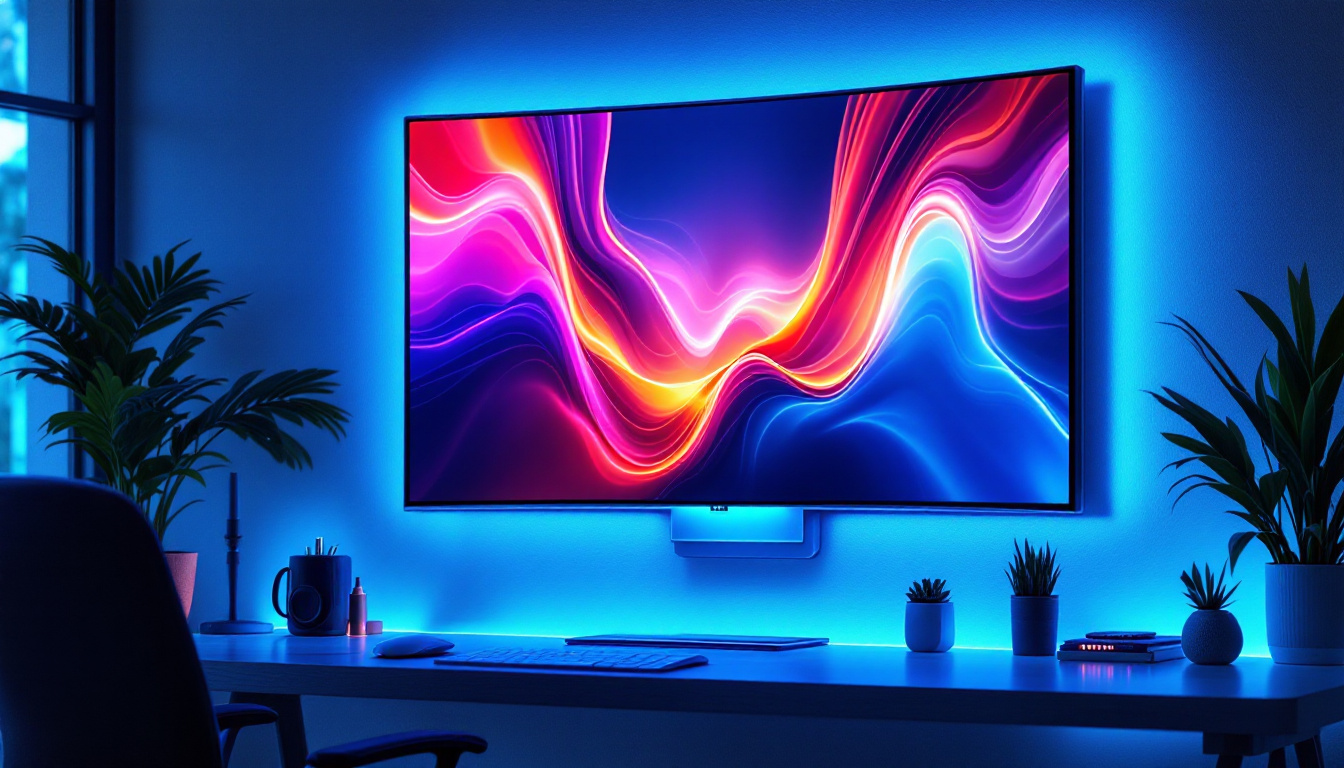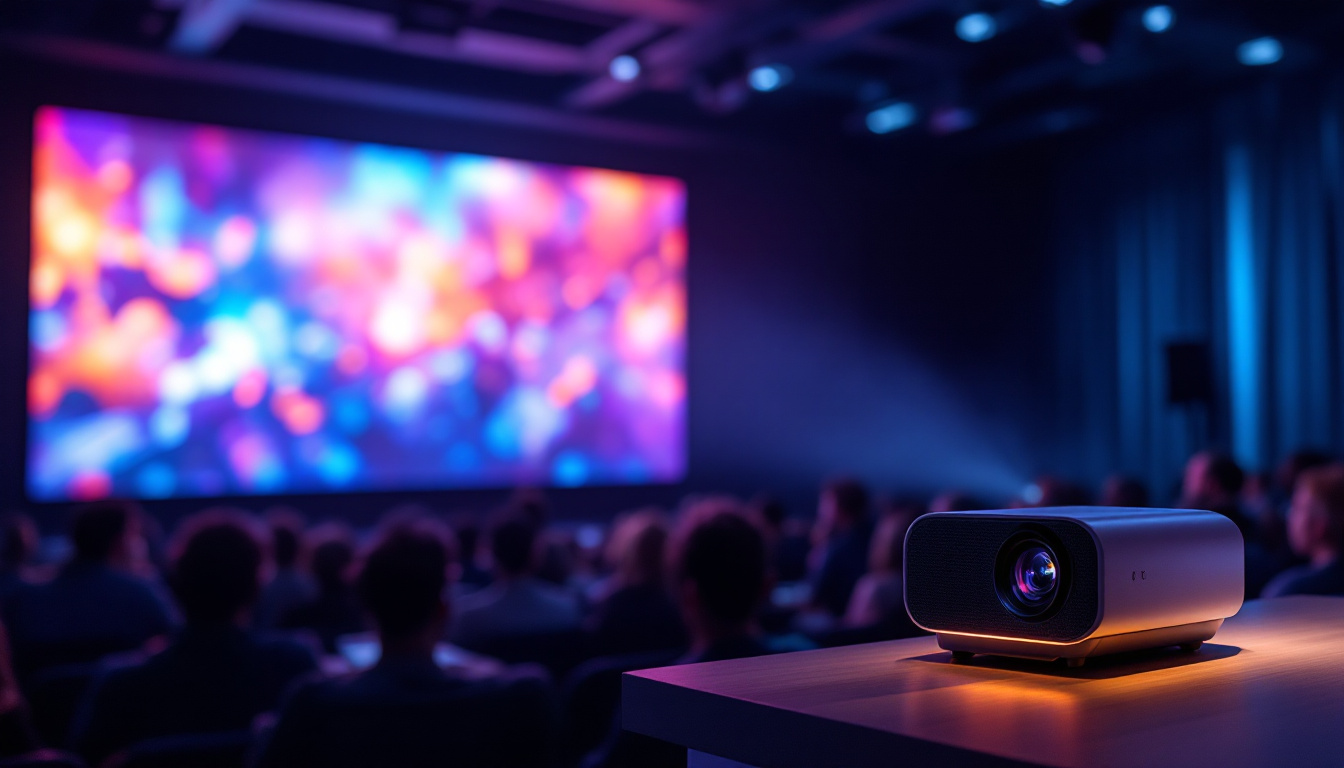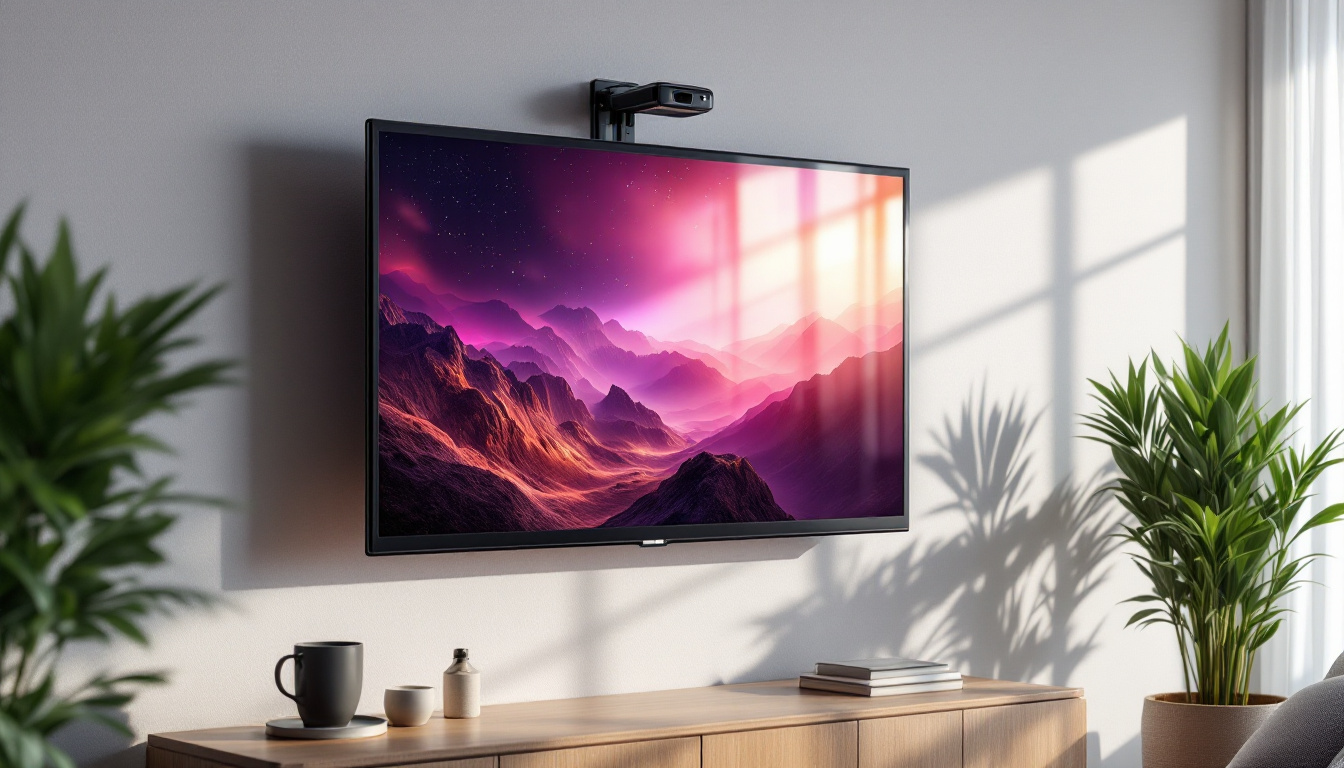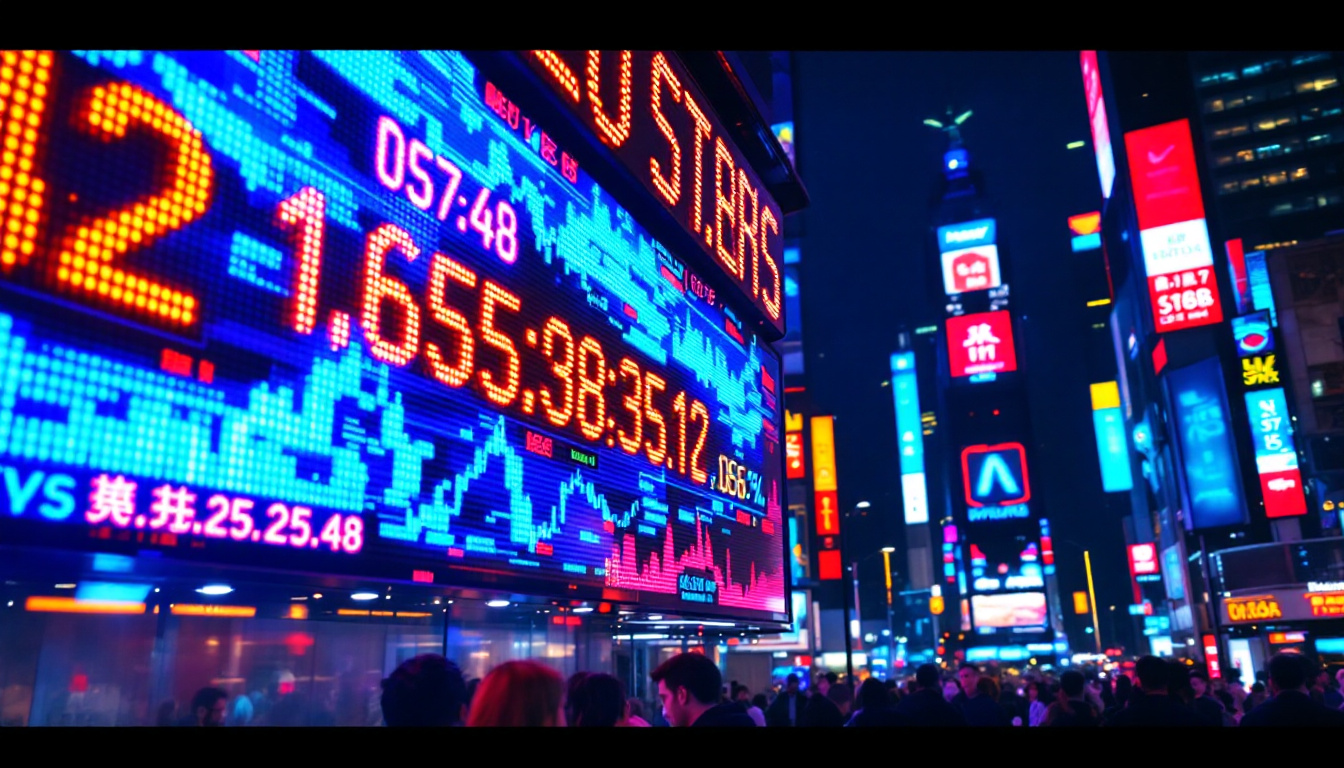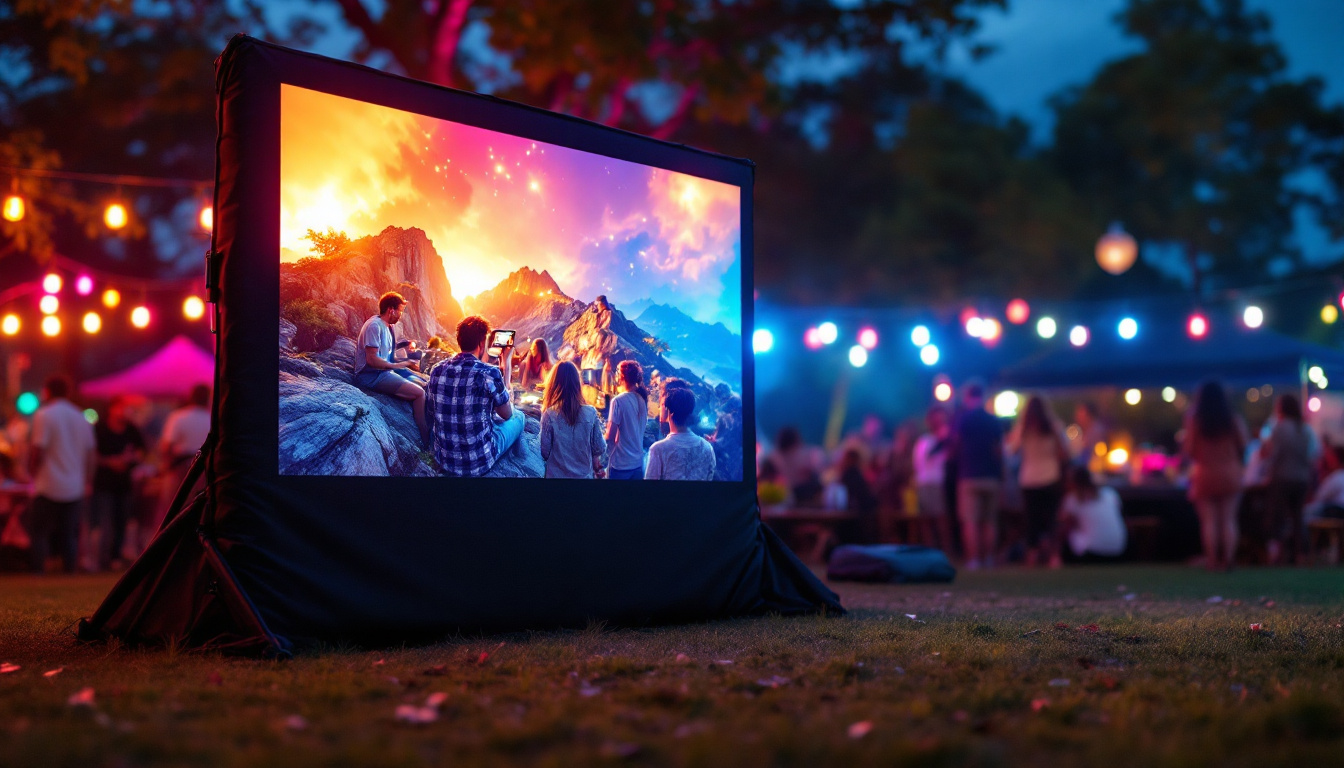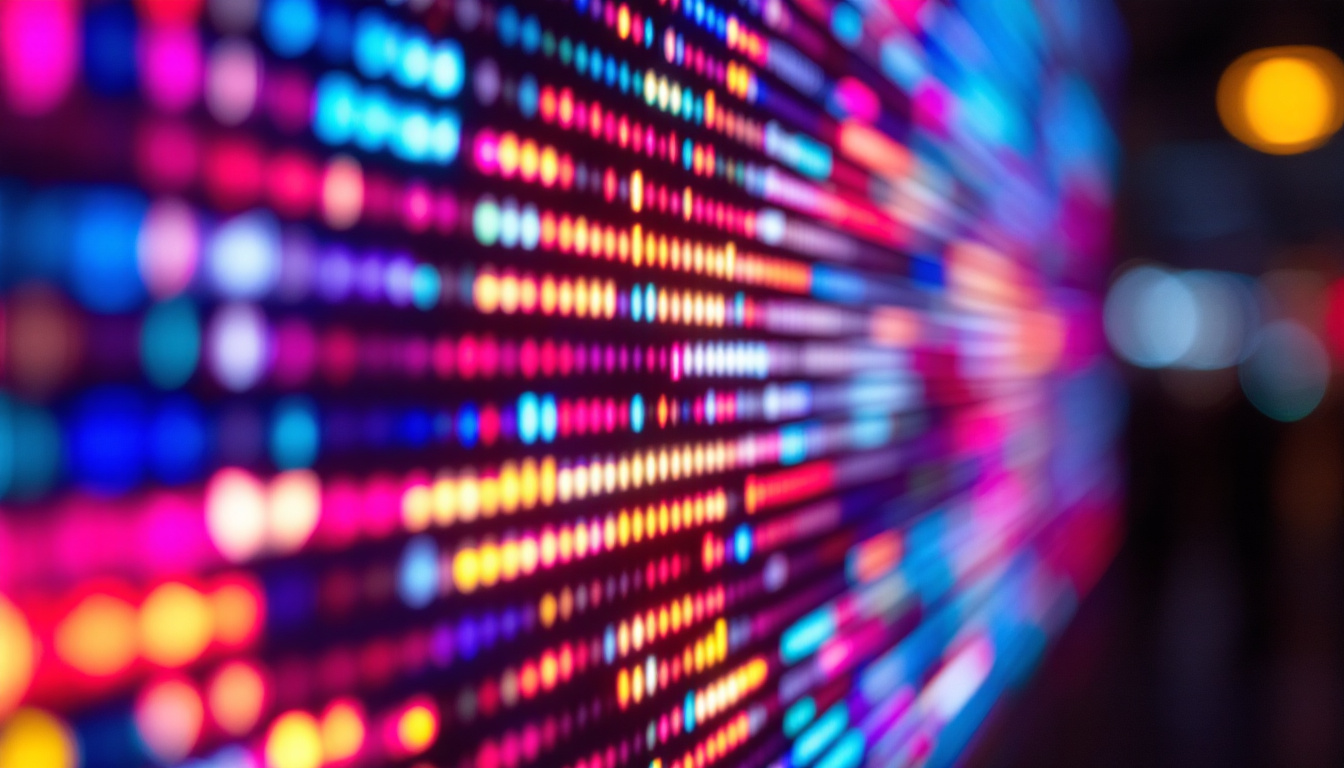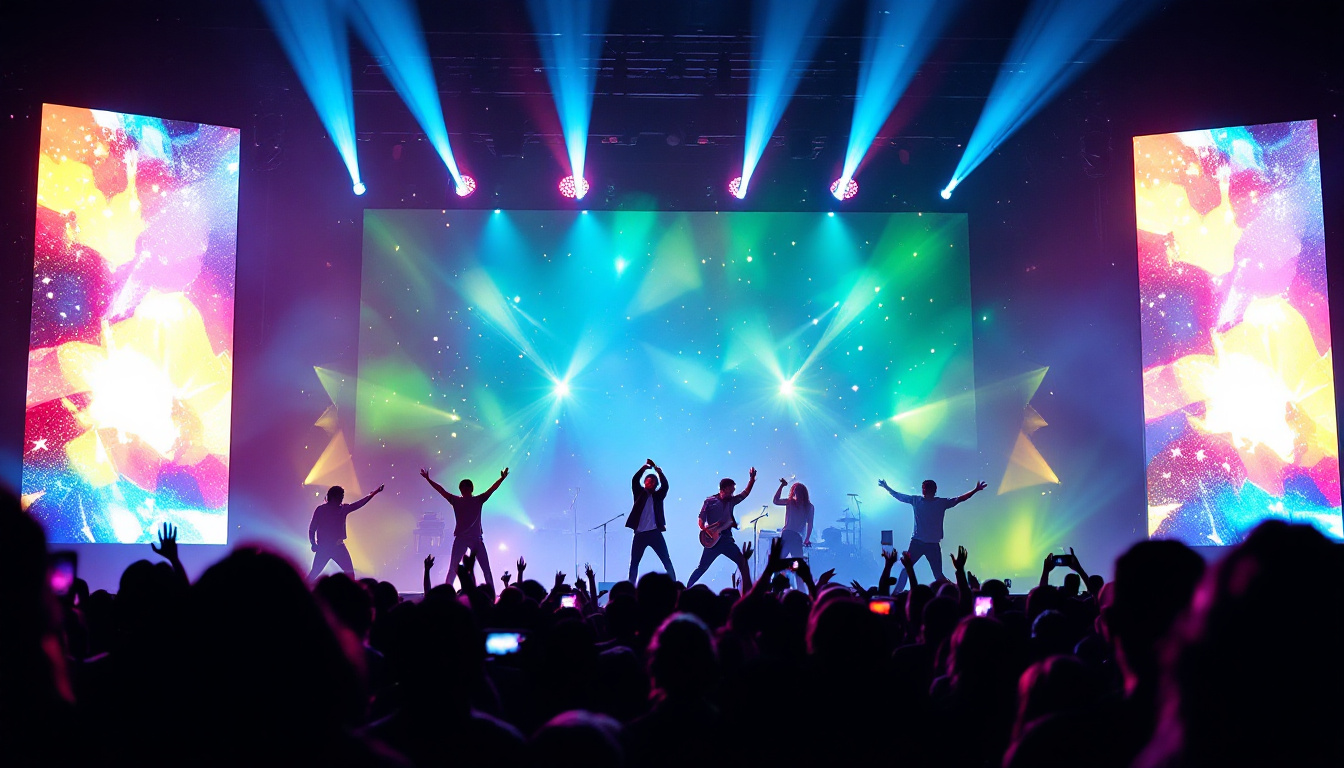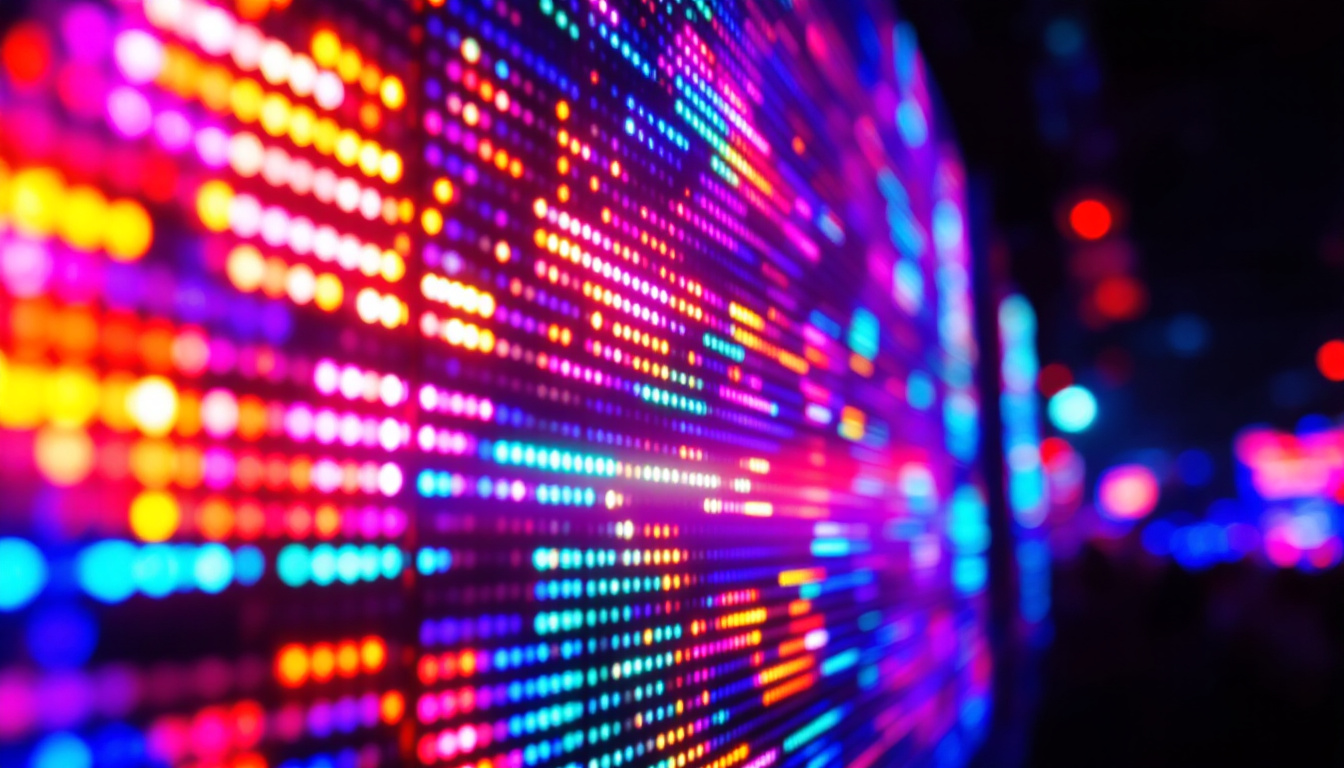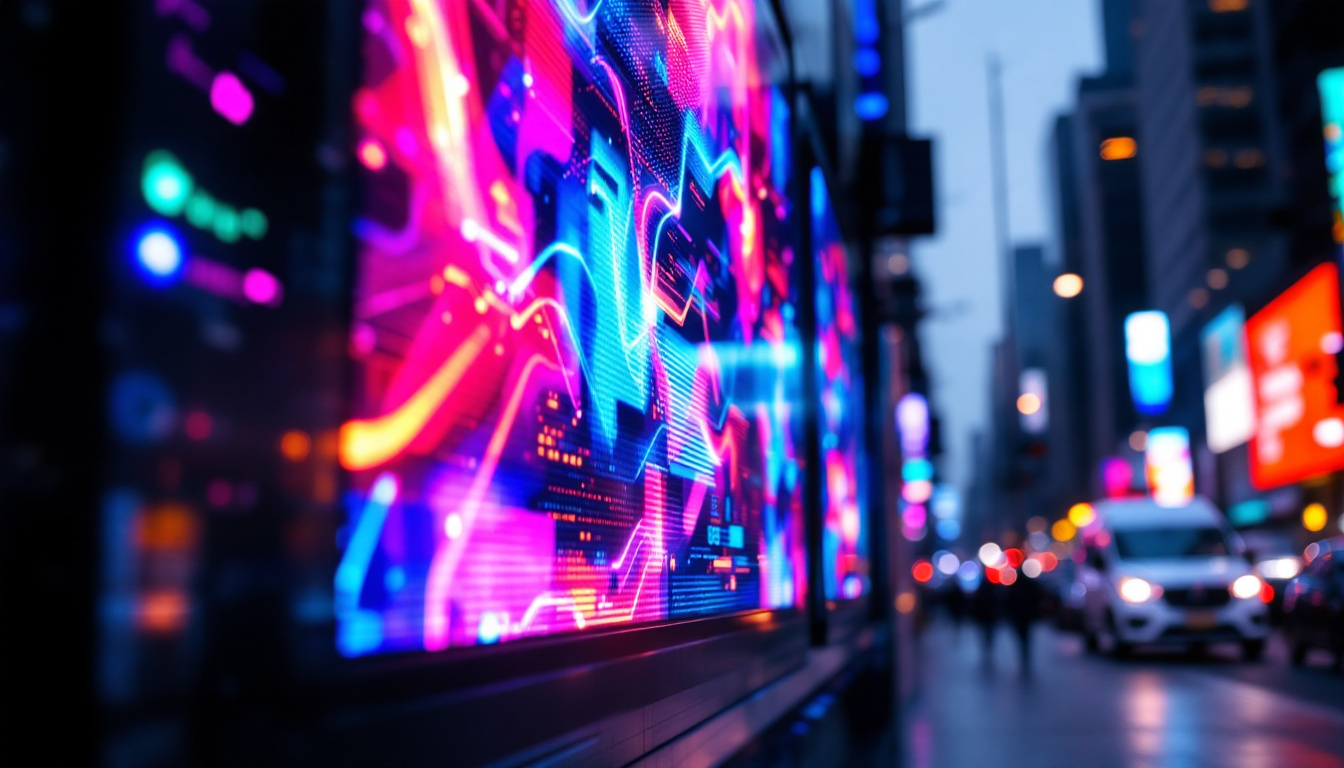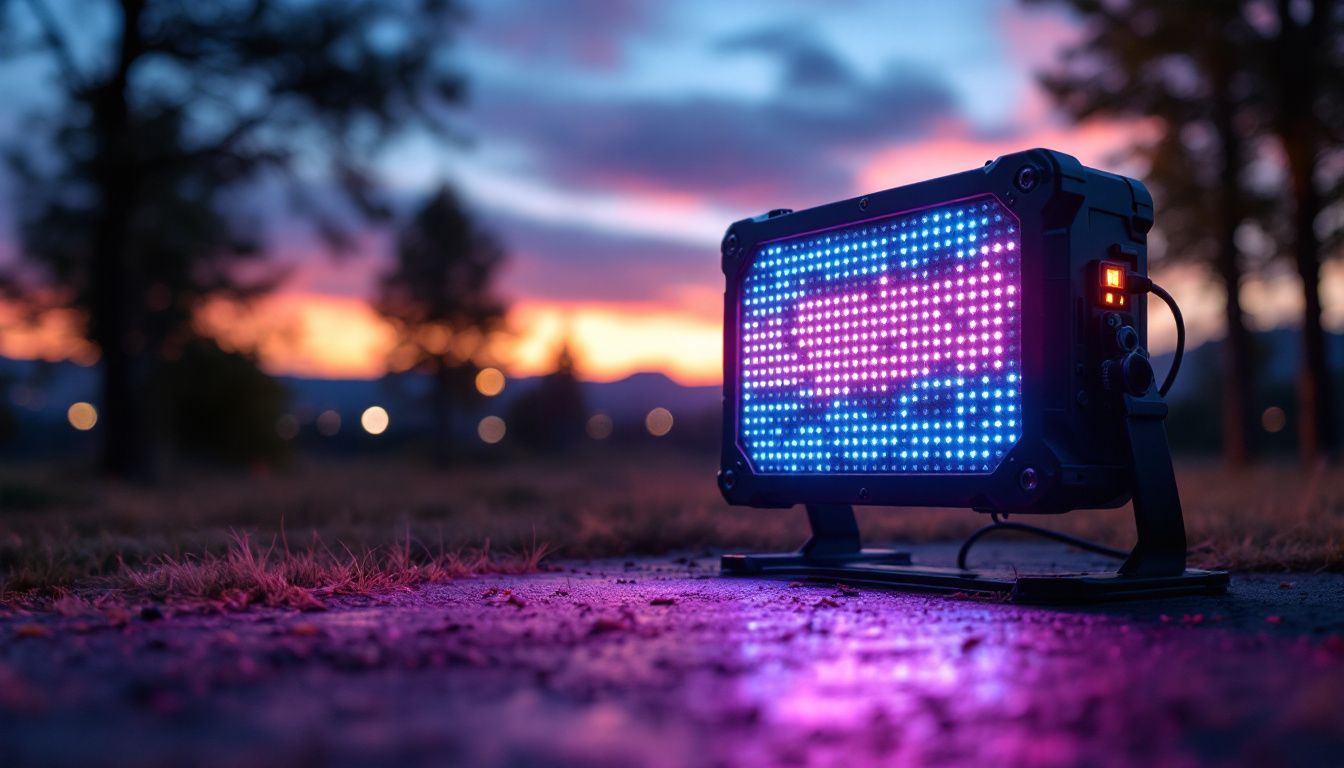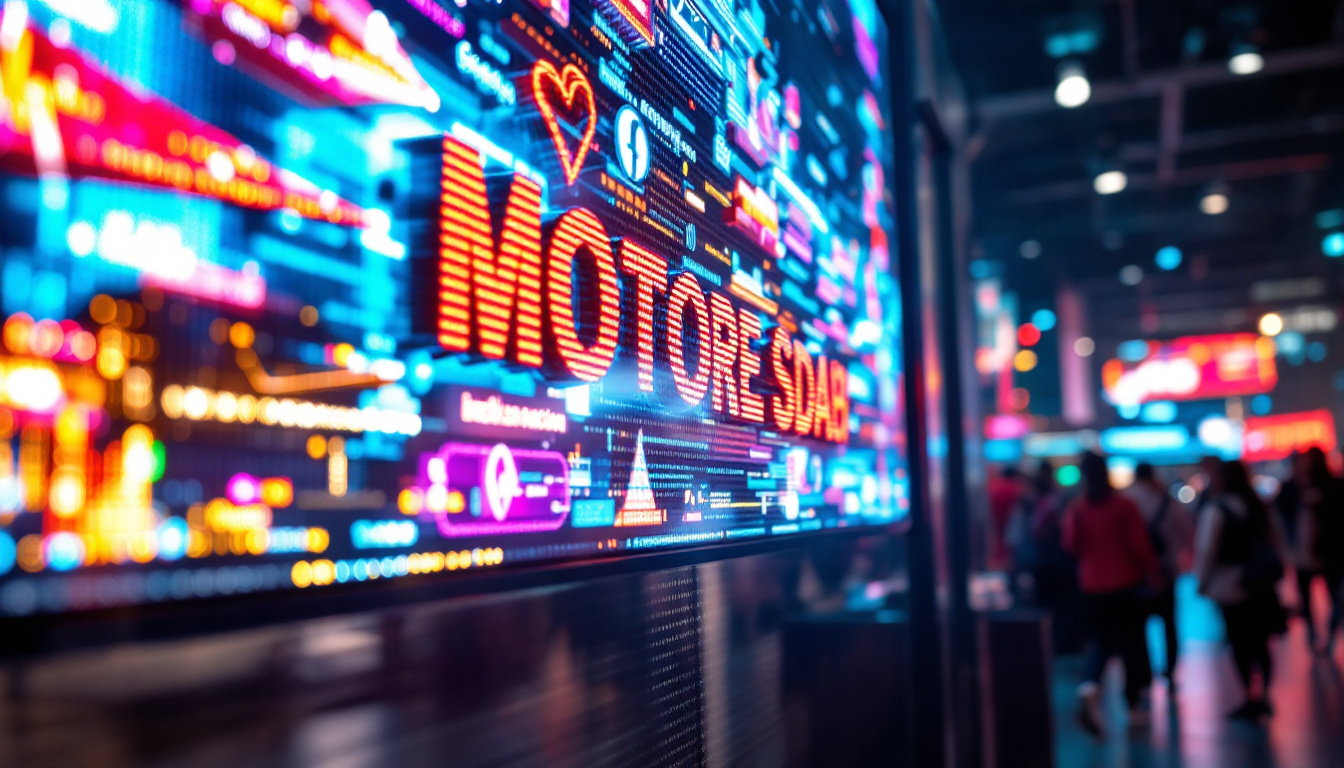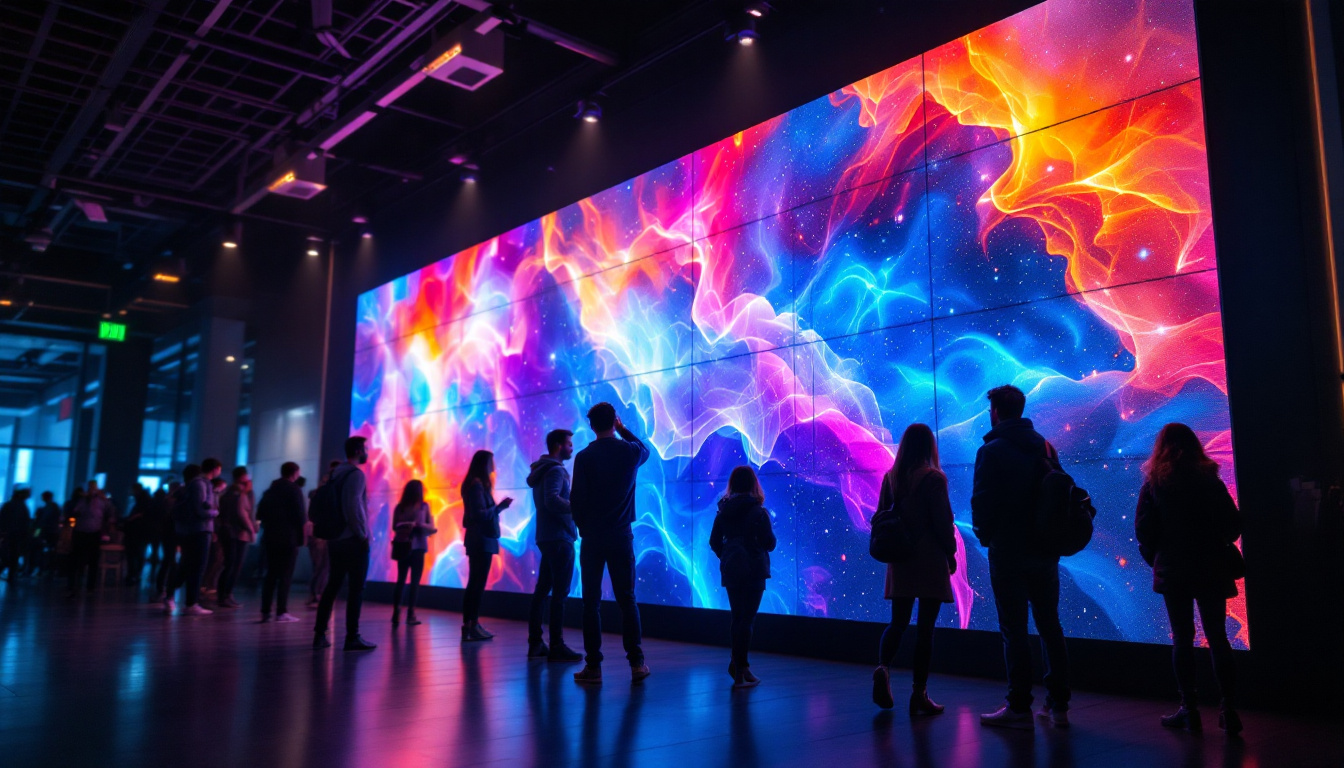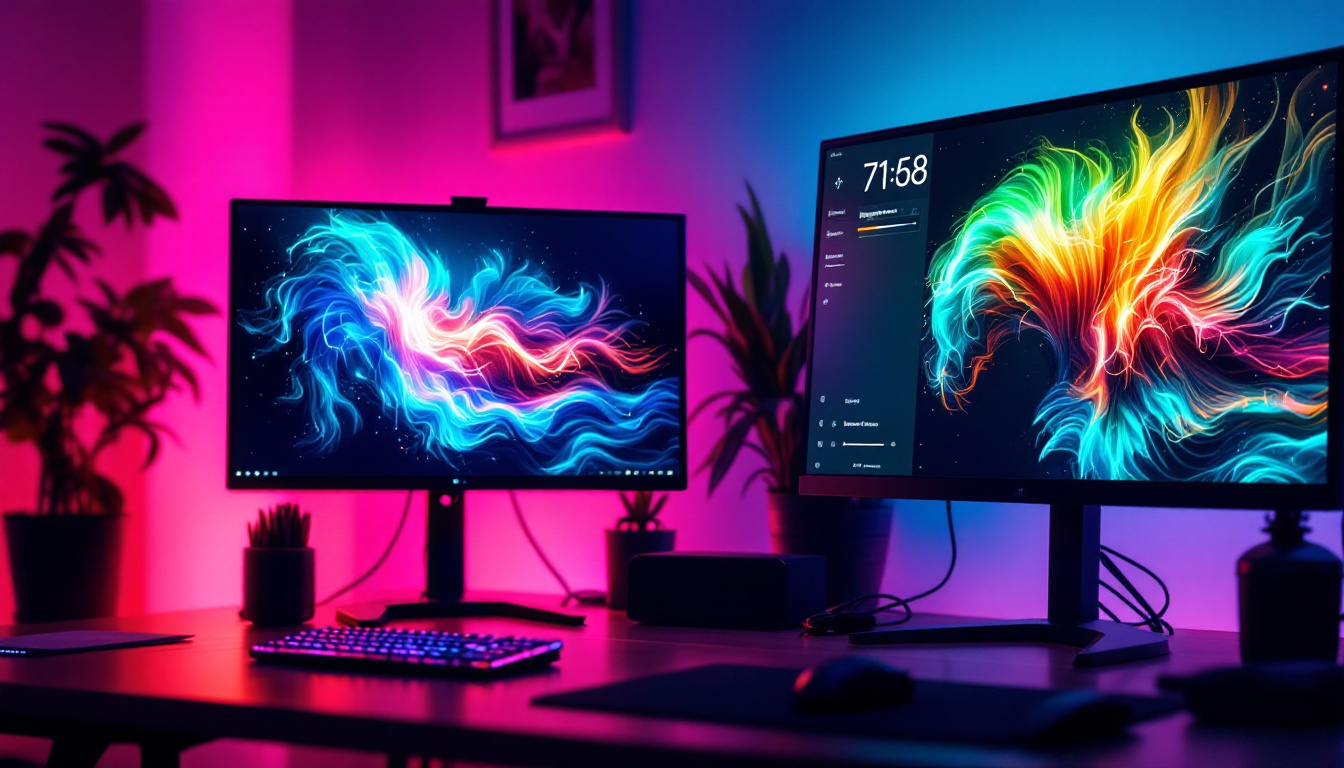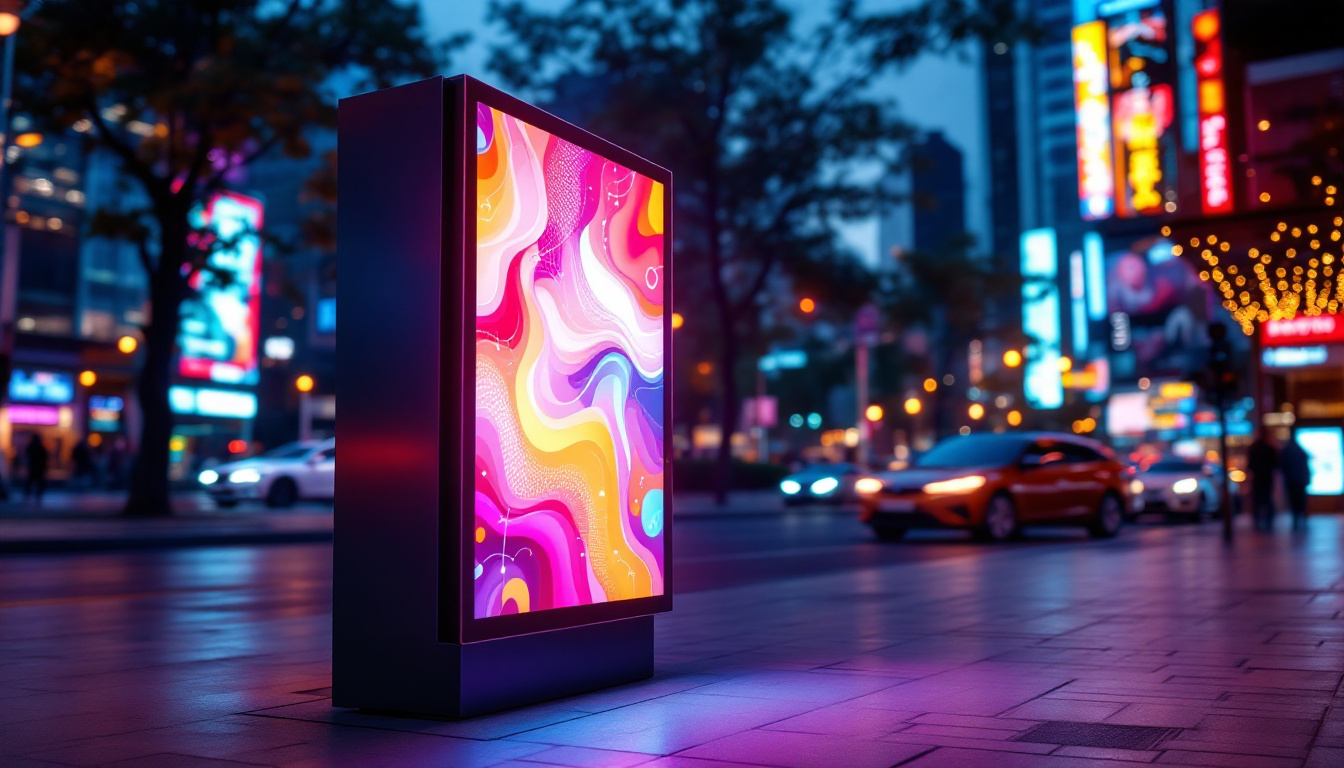Rectangular LED Lights For Ceiling: LED Display Explained
In the realm of modern lighting solutions, rectangular LED lights have emerged as a popular choice for ceiling installations. Their sleek design, energy efficiency, and versatility make them ideal for both residential and commercial spaces. This article delves into the various aspects of rectangular LED lights, exploring their benefits, applications, and how they compare to traditional lighting options.
Understanding Rectangular LED Lights
Rectangular LED lights are a type of lighting fixture that utilizes light-emitting diodes (LEDs) to produce illumination. They are characterized by their flat, rectangular shape, which allows for a wide distribution of light. This design not only enhances aesthetics but also improves functionality in various settings. The sleek profile of rectangular LED lights makes them ideal for modern interiors, seamlessly blending into ceilings, walls, and even furniture, thereby providing a clean and unobtrusive lighting solution.
How LED Technology Works
LED technology is based on the principle of electroluminescence, where a semiconductor material emits light when an electric current passes through it. This process is highly efficient, converting a significant portion of energy into light rather than heat, which is a common drawback of traditional incandescent bulbs. The materials used in LEDs, such as gallium arsenide, allow for a range of colors and intensities, making them versatile for different applications, from residential spaces to commercial lighting.
Unlike fluorescent lights, which require a warm-up period, LEDs provide instant illumination. This feature is particularly beneficial in spaces where immediate lighting is essential, such as offices and retail environments. Moreover, the directional nature of LED light means that it can be focused precisely where it is needed, reducing light pollution and enhancing the overall effectiveness of the lighting design.
Advantages of Rectangular LED Lights
The advantages of rectangular LED lights extend beyond their aesthetic appeal. One of the most significant benefits is energy efficiency. LED lights consume up to 80% less energy than traditional incandescent bulbs, leading to substantial savings on electricity bills. This energy efficiency not only benefits consumers financially but also contributes to a reduction in greenhouse gas emissions, making LEDs a more sustainable choice for the environment.
Additionally, they have a longer lifespan, often lasting up to 25,000 hours or more, which reduces the frequency of replacements and maintenance costs. This longevity also contributes to a lower environmental impact, as fewer bulbs end up in landfills. Furthermore, many rectangular LED lights are designed with advanced features such as dimming capabilities and smart technology integration, allowing users to customize their lighting experience and further enhance energy savings. The adaptability of these lights makes them suitable for a variety of settings, from residential homes to commercial spaces and outdoor environments, ensuring that they meet the diverse needs of modern lighting design.
Applications of Rectangular LED Lights
Rectangular LED lights are incredibly versatile and can be used in a variety of settings. Their sleek design and efficient lighting make them suitable for both residential and commercial applications.
Residential Use
In homes, rectangular LED lights can be installed in kitchens, living rooms, and bedrooms. They provide a modern touch while ensuring adequate lighting for various activities. For instance, in kitchens, they can be used as under-cabinet lighting to illuminate countertops, making food preparation safer and more efficient.
Moreover, their ability to be dimmed allows homeowners to create different moods and ambiances, enhancing the overall aesthetic of the space. In bedrooms, these lights can be installed as wall sconces or bedside lamps, providing soft illumination for reading or relaxation. Additionally, their energy efficiency means that homeowners can enjoy bright, beautiful lighting without the worry of high electricity bills, making them an eco-friendly choice that aligns with sustainable living practices.
Commercial Use
In commercial settings, rectangular LED lights are widely used in offices, retail stores, and warehouses. Their ability to provide bright, even lighting is crucial in work environments, promoting productivity and reducing eye strain.
Retail spaces benefit from the use of these lights as well, as they can highlight products effectively, drawing customers’ attention. The energy savings associated with LED lighting can also contribute to a business’s bottom line, making it a smart investment. Furthermore, the longevity of LED lights means less frequent replacements, reducing maintenance costs and downtime. In warehouses, their high lumen output is essential for safety and efficiency, illuminating large areas to ensure that operations run smoothly and that employees can navigate the space safely. This adaptability makes rectangular LED lights an essential component in modern commercial design, providing both functionality and aesthetic appeal.
Choosing the Right Rectangular LED Lights
When selecting rectangular LED lights, several factors should be considered to ensure optimal performance and satisfaction. These factors include brightness, color temperature, and design.
Brightness and Lumens
The brightness of LED lights is measured in lumens, a unit that quantifies the amount of light emitted. When choosing rectangular LED lights, it is essential to consider the lumens required for the specific space. For example, a well-lit office may require around 500-1000 lumens per square meter, while a living room may need less.
Understanding the appropriate brightness level can help create a comfortable and functional environment, tailored to the needs of the occupants.
Color Temperature
Color temperature, measured in Kelvin (K), determines the warmth or coolness of the light emitted. Rectangular LED lights are available in various color temperatures, ranging from warm white (around 2700K) to cool daylight (up to 6500K).
Choosing the right color temperature can significantly impact the ambiance of a space. Warmer tones are often preferred in residential settings for a cozy feel, while cooler tones are typically used in commercial environments to enhance focus and alertness.
Installation and Maintenance
Installing rectangular LED lights can vary in complexity depending on the specific fixture and the existing electrical setup. While some homeowners may opt for DIY installation, it is often advisable to hire a professional electrician to ensure safety and compliance with local codes.
Installation Tips
Before installation, it is crucial to plan the layout of the lights to achieve even illumination throughout the space. Consider factors such as the height of the ceiling, the size of the room, and the intended use of the area. Proper placement can help avoid dark spots and ensure a well-lit environment.
Additionally, ensuring that the electrical system can support the new LED fixtures is vital. This may involve checking the circuit load and replacing outdated wiring if necessary.
Maintenance Considerations
One of the significant advantages of rectangular LED lights is their low maintenance requirements. Unlike traditional bulbs that may burn out frequently, LEDs have a longer lifespan, reducing the need for regular replacements.
However, periodic cleaning of the fixtures is recommended to maintain optimal performance. Dust and dirt can accumulate on the surface, diminishing light output. A simple wipe with a damp cloth can help keep the lights clean and functioning efficiently.
Energy Efficiency and Environmental Impact
Energy efficiency is a critical consideration in today’s environmentally conscious society. Rectangular LED lights play a significant role in reducing energy consumption and minimizing carbon footprints.
Comparing LED to Traditional Lighting
When compared to traditional incandescent or fluorescent lighting, LEDs stand out due to their energy-efficient nature. While incandescent bulbs convert only about 10% of energy into light, LEDs can convert up to 90%. This efficiency translates into lower electricity bills and reduced energy demand on power grids.
Furthermore, LEDs do not contain harmful substances like mercury, which is commonly found in fluorescent lights. This makes them a safer choice for both consumers and the environment.
Long-Term Benefits
Investing in rectangular LED lights not only provides immediate savings on energy bills but also contributes to long-term sustainability goals. As more individuals and businesses make the switch to LED lighting, the cumulative effect can lead to significant reductions in energy consumption and greenhouse gas emissions.
Moreover, many governments and organizations offer incentives for adopting energy-efficient technologies, making the transition to LED lighting even more appealing.
Future Trends in LED Lighting
The lighting industry is constantly evolving, and rectangular LED lights are at the forefront of this innovation. As technology advances, several trends are emerging that will shape the future of LED lighting.
Smart Lighting Solutions
One of the most exciting trends is the integration of smart technology into LED lighting. Smart rectangular LED lights can be controlled remotely via smartphones or smart home systems, allowing users to adjust brightness, color temperature, and even set schedules for when lights should turn on or off.
This level of control not only enhances convenience but also promotes energy savings by allowing users to optimize their lighting based on their daily routines.
Human-Centric Lighting
Another trend gaining traction is human-centric lighting, which focuses on creating lighting environments that support human health and well-being. This approach considers factors such as circadian rhythms and the psychological effects of light on mood and productivity.
Rectangular LED lights designed with human-centric principles can help create spaces that enhance focus during the day and promote relaxation in the evening, ultimately improving the quality of life for occupants.
Conclusion
Rectangular LED lights are a testament to the advancements in lighting technology, combining efficiency, versatility, and aesthetic appeal. Their applications in both residential and commercial settings make them a valuable addition to any space.
As the demand for energy-efficient and sustainable lighting solutions continues to grow, rectangular LED lights are poised to play a crucial role in shaping the future of illumination. By understanding their benefits, applications, and the latest trends, individuals and businesses can make informed decisions that enhance their environments while contributing to a more sustainable future.
Illuminate Your Space with LumenMatrix
Ready to elevate your environment with the latest in LED technology? LumenMatrix is at the forefront of LED display innovation, offering a wide array of solutions from Indoor and Outdoor LED Wall Displays to specialized options like Vehicle and Sports LED Displays. Whether you’re looking to create a dynamic retail space, an engaging sports arena, or a standout vehicle advertisement, LumenMatrix has the cutting-edge technology to bring your vision to life. Experience the transformative power of LED displays and take the first step towards a brighter, more engaging space. Check out LumenMatrix LED Display Solutions today and see the difference for yourself.

